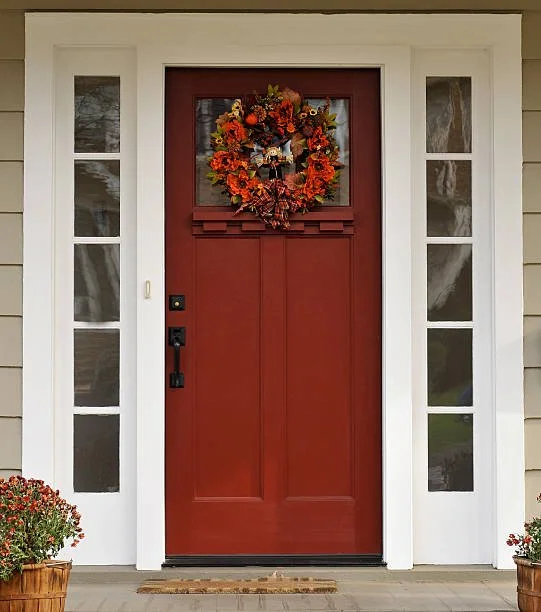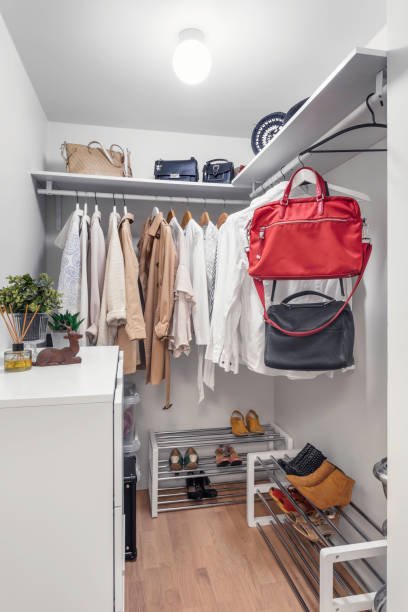An Expert Guide on Kitchen Remodel Checklist & Cost
RH Business Marketing Solutions
Action Plan To Get The Kitchen You Always Dreamt Of.
Is your kitchen out of fashion? Are your kitchen essentials and cabinets degrading the look of your kitchen? Consider remodeling your kitchen if it no longer serves your functional requirements. While you dream of remodeling your old kitchen into a classic new one, turning those dreams into reality requires more than wishful thinking. You have to set budgets, sign contracts, and make tough decisions. Spending a few hundred dollars remodeling important rooms like kitchens and bathrooms can also increase the resale value of your house. Kitchen remodeling is an exciting project where you can finally get the cabinets you secretly stared at every time you visited a Home Depot or Ikea. There are several things to consider for stress-free kitchen remodeling without wasting money. For that purpose, we have created a kitchen remodel checklist so you don’t miss anything. If you want to move out, you can turn your home into a vacation rental and make money.
Kitchen Essentials & Remodeling Checklist
With so many decisions on the designs, cabinetry, appliances, backsplash tiles, flooring, lighting, and hardware, it can be overwhelming to think of where to begin, set up a budget, and hire professional contractors. When planning a kitchen remodeling, you should prepare a kitchen checklist of what sections need improvement or an entire replacement. Before that, let’s learn the difference between renovation and remodeling. Renovation refers to restoring a room’s functionality without changing its purpose and structure, whereas remodeling transforms the entire space structure. In this article, we assume you want complete kitchen remodeling and guide you through the journey.
Identify Your Renovation Goals
When planning a kitchen remodel, it's important to set goals. But you must tackle the basics first, such as establishing a clear budget, choosing an efficient layout, and optimizing storage. Incorporate your personal style into the design and consider hiring professionals for complex installations to ensure safety and quality.
Common goals for kitchen renovations typically focus on improving functionality, aesthetics, and home value. Here are the key objectives:
Enhanced Functionality: Streamline the layout to optimize the workspace, adding more counter space or a multifunctional island.
Updated Appliances: Upgrade to energy-efficient appliances like smart refrigerators and ovens for better performance and convenience.
Increased Storage: Expand cabinet space and include smarter storage solutions like pull-out shelves and built-in organizers to help declutter.
Improved Lighting: Enhance lighting with under-cabinet lights, pendant lights over islands, and ample general lighting.
Modern Aesthetics: Update the kitchen's look with new paint, backsplashes, and durable countertop materials like quartz or granite.
Energy Efficiency: Incorporate LED lighting and ENERGY STAR-rated appliances to reduce energy consumption.
Comfort and Safety: Improve ventilation to reduce odors and smoke, and choose flooring that is easier on the feet.
Increased Home Value: Boost the kitchen's appeal to enhance overall home resale value.
Personalization: Tailor the space to fit specific needs for cooking, entertaining, or family gatherings, making the kitchen a central hub of the home.
These goals aim to create a more efficient, enjoyable kitchen space and enhance the long-term value of the home.
Ask yourself these questions while planning to remodel your kitchen:
Are you willing to renovate your entire kitchen or personalize specific spaces per your needs?
Do you wish more spacious kitchen or prefer a compact one?
How to accommodate smart appliances in your kitchen?
How much budget would you like to invest?
Does the kitchen renovation meet your personal needs or benefit the house value?
Do you want to remodel a vacation rental kitchen?
Visualize your ideal kitchen & collect multiple kitchen styles that you love. Seek a professional remodeler to get the design options for your kitchen after remodeling. Except in cases where your kitchen is decades old, your kitchen may only need part modification. If you need a complete remodeling, you can start from scratch. If not, think of what is good in your kitchen versus what needs a complete modification to enhance the space and save money. Find answers to the above questions and prepare a kitchen essentials list. Please remember to consider unexpected expenses in your budget to avoid regrets later.
Set Realistic Budget
You must be cautious about your choices to avoid ending up overspending. Make a list of your options, must-have kitchen essentials arrangement, and set a realistic budget. Make smart choices to get the most out of every dollar you spend. Here are quick examples of how you should analyze your kitchen and plan for upgradation.
See if the kitchen cabinet organizers are in good shape and need minor repairs to restore their function like new ones. Even if you want to replace them with new ones, there are always budget-friendly options.
Also, check the condition of essential kitchen utensils and mark them for replacement if necessary.
Check if your kitchen needs layout modification. Changing the kitchen layout requires extensive plumbing work and electrical work. In this case, you can save some bucks by using your existing appliances that you can replace later.
If your kitchen is all good in its current layout, working on the same design can help you save money for purchasing upgraded appliances, smart solutions, and other kitchen essentials.
Please remember that opting for high-end kitchen essentials can be expensive, but they offer a luxurious and long-lasting look. Decide for yourself based on your requirements and the budget available.
Shopping For The Latest Kitchen Appliances
If you want to turn your home into a vacation rental, upgrading with the latest kitchen essentials can help guests get a convenient cooking experience in the kitchen. Once you have a brief idea of your new kitchen, you must decide on appliances, sinks, faucets, lighting, backsplashes, kitchen essential cookware, etc. For a vacation rental, Airbnb kitchen essentials like a coffee maker, kettle & teapot, food blender, microwave, rice cooker, or toaster can make things simple for the guest in the kitchen. Other important things include
1. Cabinet & Pantry Organization Racks
you don’t want wall cabinets, you can buy a pantry and replace them after some years. This way, you can replace most kitchen elements and get a refreshing look once every few years. You can store more items by customizing the shelves without disturbing the sophisticated look.
2. Flatware Organizers
You can install these kitchen flatware holders anywhere to store cutlery items, gadgets, or other small kitchen essentials. They come in plastic, wood, and metal and are available in different sizes to keep kitchen essentials easily accessible.
3. Make Room for Small Appliances
Smart appliances and small kitchen appliances like blenders, coffee mugs, grinders, ovens, stoves, etc, occupy most of your kitchen. The kitchen layout should be designed to make all these appliances approachable to the person cooking without cluttering the space. Also, make necessary arrangements to secure kitchen glassware sets. Get a kitchen remodel checklist so you don’t miss anything.
Give Enough Time For Kitchen Remodeling
Remodeling your kitchen consumes time, sometimes even more than your expectations. Depending on the complexity of the remodeling required, it may take just a week or extend for up to several months. Usually, an entire kitchen renovation may be completed between six weeks to four months. So, prepare yourself. You will need a clear action plan about the project's expected duration and ask yourself questions like
Where will you stay during the kitchen remodeling?
Where do you store the old & new kitchen essentials?
How will you cook during the renovation?
Please make room for certain uncertainties that may take away your project time.
While you don’t have to leave your home to renovate any other rooms, it is different in the case of kitchen remodeling. If you decide to live in your home during work, your daily life may not be the same for whatever duration of remodeling. As the disruption caused during the job can affect you in several ways, we advise you to move out temporarily till the project is accomplished.
DIY or Hire a Contractor?
You may want to remodel the entire kitchen all by yourself. Nothing can match the satisfaction of living in the remodeling or construction project you have completed. But, hiring a professional contractor can help the work done right, on time, while adhering to necessary safety procedures. If this is your first remodeling project, you may be juggling more time and money between researching the process and acquiring the right kitchen essentials tools.
Ready To Remodel Your Kitchen?
When you invest time in planning, you will soon be able to differentiate between your must-haves and nice-to-have kitchen essentials and save money. Get professional help from Inhaven. You can get the entire kitchen renovated or upgrade specific kitchen spaces. You will be accredited with a badge when remodeling the whole kitchen from Inhaven, which improves your credibility when you list your house as a vacation rental home. Kitchen remodeling genuinely transforms the functionality of your home. With proper planning, it can bring you joy for many years to come.


















